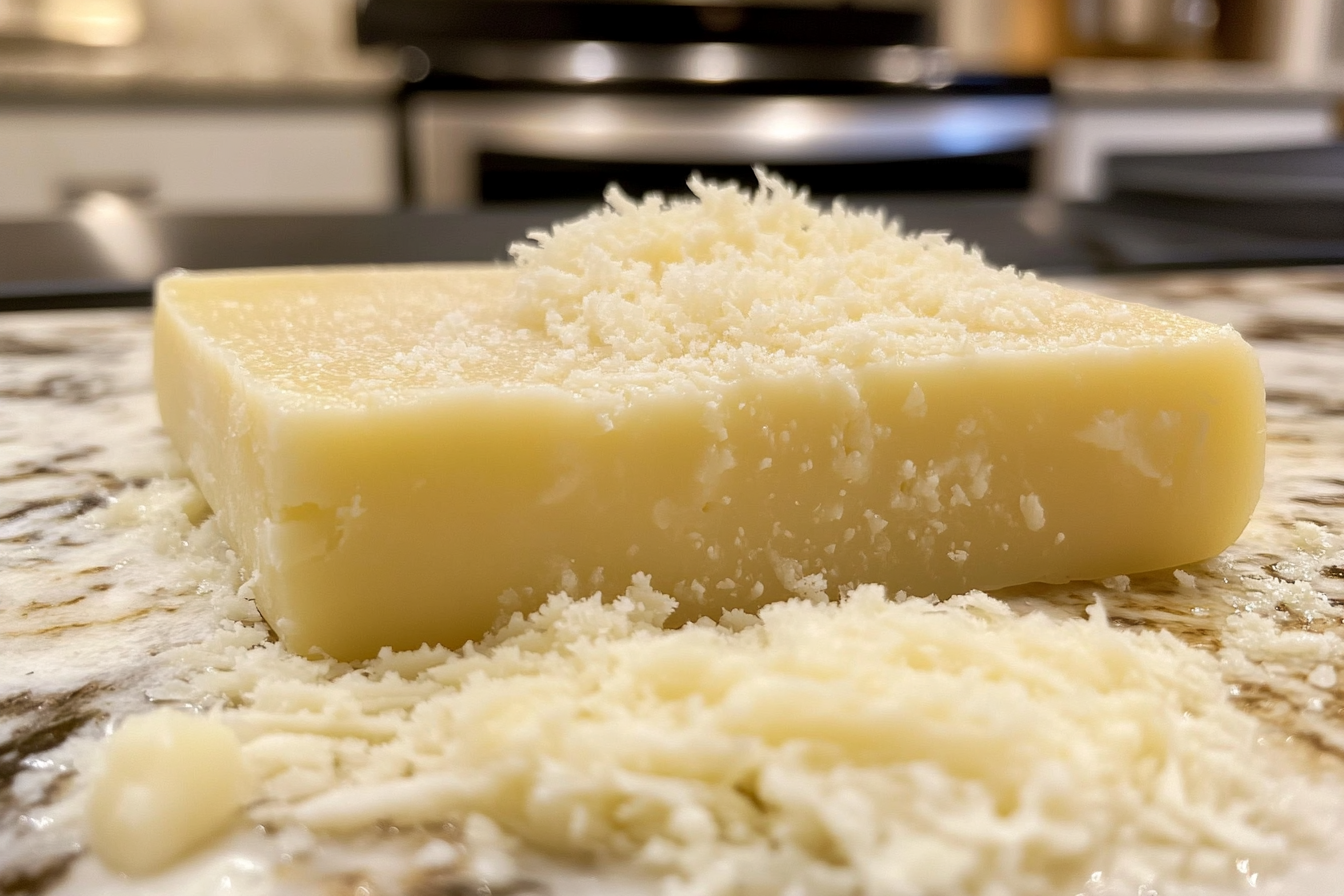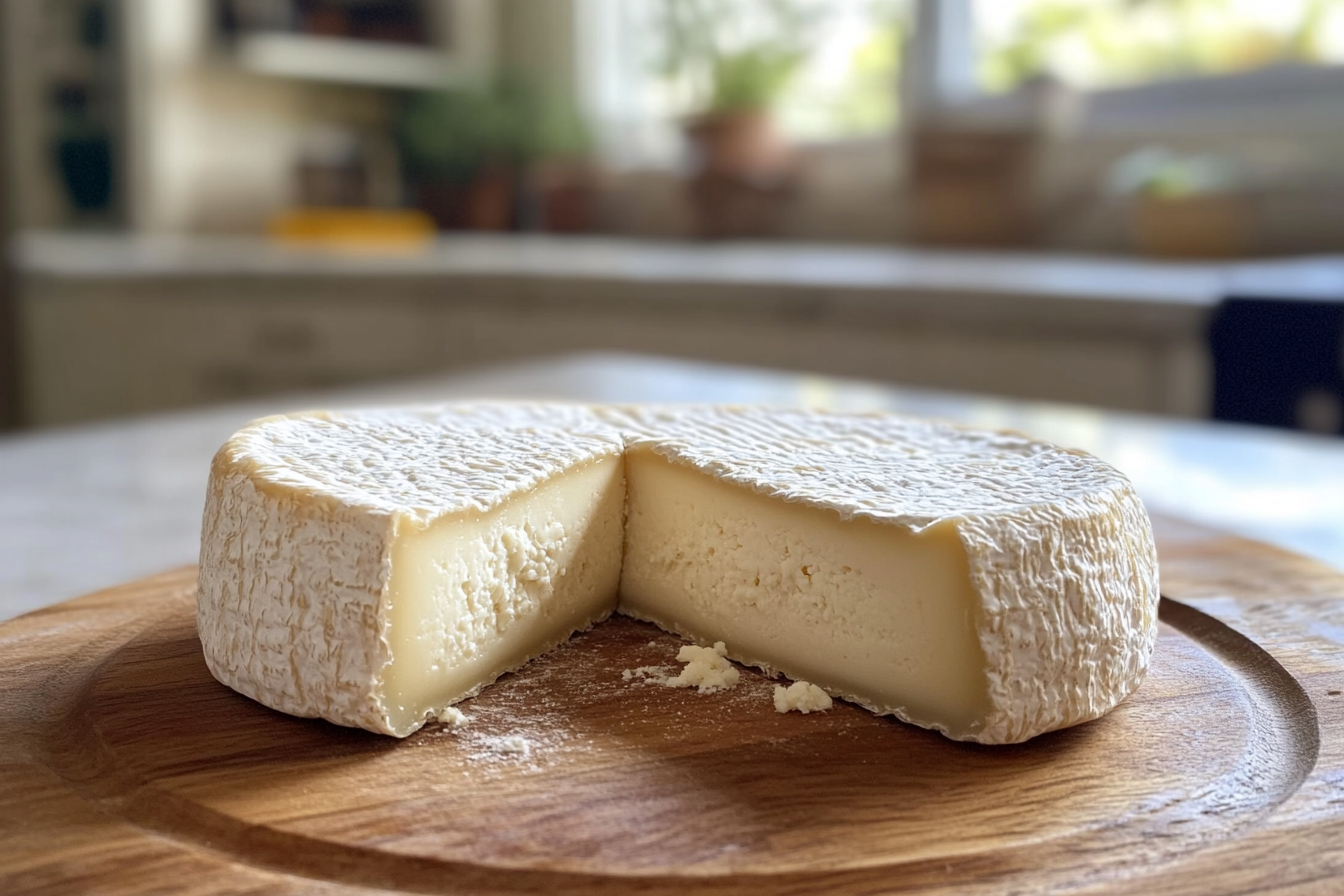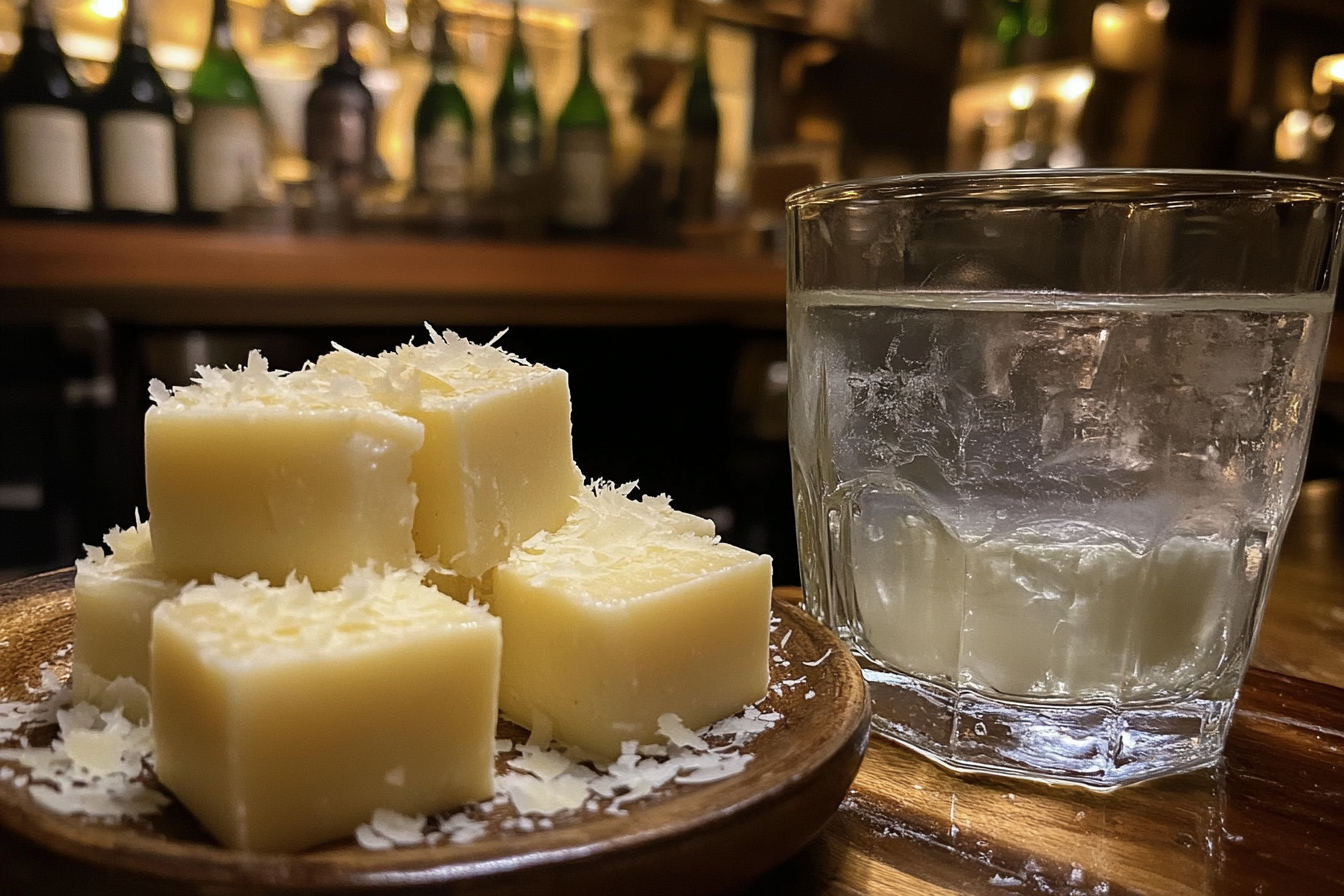Pecorino cheese is a staple in Italian cuisine, beloved for its rich, bold flavor and versatility. Made from sheep’s milk, it has been a key ingredient in Italian cooking for centuries. While it’s often grated over pasta or used as an ingredient in a variety of dishes, many cheese enthusiasts wonder: can you enjoy Pecorino cheese by itself? The answer is a resounding yes! In fact, eating Pecorino solo allows you to appreciate its full flavor profile, from its nutty and salty taste to its firm, crumbly texture.
This article will explore the various types of Pecorino, how to best enjoy it by itself, the nutritional benefits, and how to pair it with complementary foods and drinks. By the end, you’ll have a comprehensive understanding of Pecorino cheese and why it’s worth savoring on its own.
What Is Pecorino Cheese?
Pecorino is a family of Italian hard cheeses made from sheep’s milk. The name “Pecorino” comes from the Italian word “pecora,” meaning sheep, reflecting its origins. Pecorino has a long history, dating back to the Roman Empire, where it was a staple in the diet of Roman soldiers. The flavor of Pecorino varies depending on how long it has been aged, as well as the region in which it is produced. The longer Pecorino ages, the sharper and more intense its flavor becomes.
Common Types of Pecorino Cheese
There are several types of Pecorino cheese, each with its own unique flavor and texture, but all share a distinctive saltiness and firm texture. The most common types are:
- Pecorino Romano: The most famous and widely used type of Pecorino. It is known for its sharp, salty flavor and is often grated over pasta. Its strong flavor makes it ideal for pairing with robust ingredients.
- Pecorino Sardo: This variety comes from Sardinia and has a less salty but more intense flavor. Pecorino Sardo is often eaten fresh or semi-aged, offering a richer taste.
- Pecorino Toscano: Originating from Tuscany, this type of Pecorino has a milder and more delicate flavor compared to Pecorino Romano, making it more approachable for eating alone.
- Pecorino Siciliano: A robust and intense cheese from Sicily, typically aged longer for a stronger flavor.
These cheeses differ primarily based on how long producers age them and the specific regions where they are made. Each type offers a slightly different exp
erience, but all are excellent for both cooking and eating on their own.
Can You Eat Pecorino Cheese By Itself?
Yes, you absolutely can enjoy Pecorino cheese by itself! Pecorino cheese is meant to be enjoyed in many forms, but its bold flavors truly shine whe
n eaten solo. The distinct nutty, salty, and sharp characteristics of Pecorino make it a treat for those who appreciate stronger cheeses. Whether it’s a piece of aged Pecorino Romano or a milder slice of Pecorino Toscano, this cheese can be an exceptional snack or part of a gourmet cheese board.
Flavor and Texture
One of the reasons Pecorino cheese works so well on its own is its complex flavor profile. Young Pecorino cheeses are creamier, with a mild, almost sweet flavor, while aged Pecorino cheeses are firmer, crumbly, and intensely salty. The flavors deepen with age, becoming more robust, making it a satisfying choice for cheese lovers who appreciate strong, bold tastes
. Sheep’s milk gives Pecorino its distinct tang, setting it apart from cheeses made with cow’s or goat’s milk.
How to Serve Pecorino Cheese Alone
To fully enjoy Pecorino cheese on its own, there are a few tips for serving and tasting:
- Aged Pecorino: Older Pecorino cheeses, such as Pecorino Romano, are perfect for serving in thin slices. Enjoy their crumbly texture on its own or with simple accompaniments like a glass of wine. For a balanced snack, pair aged Pecorino with honey or fresh figs.
- Young Pecorino: If you prefer a milder cheese, opt for younger varieties like Pecorino Toscano. These cheeses are creamier and softer, making them perfect for pairing with fruits like grapes or pears.
- Room Temperature: For the best flavor, always serve Pecorino at room temperature. Let the cheese sit out for about 15-20 minutes before serving. This allows the cheese to soften slightly and brings out its full flavor.
- Cheese Platters: Pecorino is an excellent addition to a cheese platter. Its firm texture contrasts beautifully with softer cheeses, and its bold flavor complements milder varieties. Include Pecorino alongside fruits, nuts, and honey for a well-rounded platter.
Pairing Pecorino Cheese with Complementary Foods
While Pecorino is delicious on its own, pairing it
with the right foods can enhance its natural flavors. Whether you’re enjoying a milder Pecorino Toscano or a sharp Pecorino Romano, these pairings can take your cheese-tasting experience to the next level:
Fruit and Nut Pairings
Fruit and nuts offer a sweet and crunchy contrast to Pecorino’s salty flavor. Pairing Pecorino with these foods can create a well-rounded tasting experience.
- Fruits: Fresh fruits like pears, apples, and figs pair beautifully with Pecorino cheese. The natural sweetness of the fruit balances the saltiness of the cheese.
- Nuts: Toasted nuts like almonds, walnuts, or hazelnuts add a crunchy texture that complements the firm, crumbly texture of aged Pecorino.
Honey and Jam
A drizzle of honey or a dollop of fruit jam can
create a delightful contrast to the savory, salty flavor of Pecorino. Honey, in particular, pairs well with aged Pecorino cheeses, enhancing their sharpness while providing a touch of sweetness.
Nutritional Benefits of Pecorino
In addition to its robust flavor, Pecorino cheese offers a variety of health benefits, making it more than just a delicious treat. Pecorino provides essential nutrients that contribute to a healthy diet, especially when you consume it in moderation.
High in Protein
Pecorino is an excellent source of protein, which is essential for muscle repair and growth. This makes it a great snack for those who need a protein boost throughout the day. A small serving of Pecorino can provide a significant amount of your daily protein intake, making it a healthy and filling option.
Rich in Calcium
Like many dairy products, Pecorino is high in calcium, which is important for maintaining strong bones and teeth. Aged Pecorino cheeses, in particular, contain higher levels of calcium due to the concentration of nutrients during the aging process.
Naturally Low in Lactose
Pecorino cheese is naturally lower in lactose than many other cheeses, making it easier to digest for people who are lactose intolerant. The longer a cheese is aged, the less lactose it contains. This makes aged Pecorino an excellent choice for individuals who may be sensitive to lactose.
Contains CLA (Conjugated Linoleic Acid)
One unique health benefit of Pecorino is its high levels of conjugated linoleic acid (CLA). CLA, a type of fatty acid, offers various health benefits, including reducing body fat, improving immune function, and lowering cholesterol levels. Studies have shown that cheese made from the milk of sheep grazing on grasslands, such as Pecorino, contains higher levels of CLA compared to other cheeses.
For more detailed information on the nutritional benefits of Pecorino, visit this article on Pecorino Cheese Health Benefits.
How to Properly Store Pecorino Cheese
Proper storage is key to preserving the flavor and texture of Pecorino. Follow these simple tips to keep your Pecorino fresh for as long as possible:
- Wrap in Wax Paper: Unlike plastic wrap, which can trap moisture and cause the cheese to spoil faster, wax paper allows the cheese to breathe. After wrapping in wax paper, place the cheese in a loosely sealed plastic bag or container.
- Refrigerate: it should always be stored in the refrigerator. However, to enjoy the full flavor, take it out of the fridge about 30 minutes before serving to bring it to room temperature.
- Aging in the Fridge: If you have an aged Pecorino, it can continue to develop flavor even after it has been purchased. Keep it properly wrapped in the fridge, and you’ll notice subtle changes in flavor over time.
How Long Does Pecorino Last?
When stored properly, Pecorino can last for several weeks in the fridge. Nevertheless, once opened, it’s advisable to consume it within 2-3 weeks to ensure optimal flavor. If the cheese begins to dry out or develop mold, trim off the affected area and continue to enjoy the rest of the cheese.
FAQs About Eating Pecorino Cheese
What Is Pecorino Best Used For?
Pecorino cheese is highly versatile. Although people commonly grate it over pasta dishes, soups, and salads, also it tastes equally delicious when enjoyed on its own or as part of a cheese board.
Can You Eat Pecorino Cheese Without Cooking It?
Absolutely! Pecorino can certainly be enjoyed without any cooking. In fact, thin slices or cubes of aged Pecorino make for a delicious snack or an excellent addition to a cheese platter.
How Do You Properly Serve Pecorino Cheese?
For the best experience, always serve Pecorino at room temperature. Additionally, you can pair it with fruits, nuts, or honey to create a delightful balance of flavors.
Is Pecorino Cheese Healthy to Eat Every Day?
While Pecorino is a good source of protein and calcium, it’s also high in sodium. Enjoy it in moderation as part of a balanced diet.
Conclusion
Pecorino serves not only as a versatile culinary ingredient but also as a delicious option to enjoy on its own. Its bold flavors and nutty, salty taste make it a favorite among cheese lovers. Whether you prefer the sharpness of aged Pecorino Romano or the milder flavor of Pecorino Toscano, you’ll find this cheese perfect for solo snacking, cheese boards, and gourmet pairings.
When served with fruits, nuts, or wine, Pecorino becomes more than just a cheese it becomes an experience. Its nutritional benefits, including high protein and calcium content, make it a healthy option in moderation. So, the next time you’re looking for a delicious and satisfying snack, don’t hesitate to reach for a slice of Pecorino cheese!



